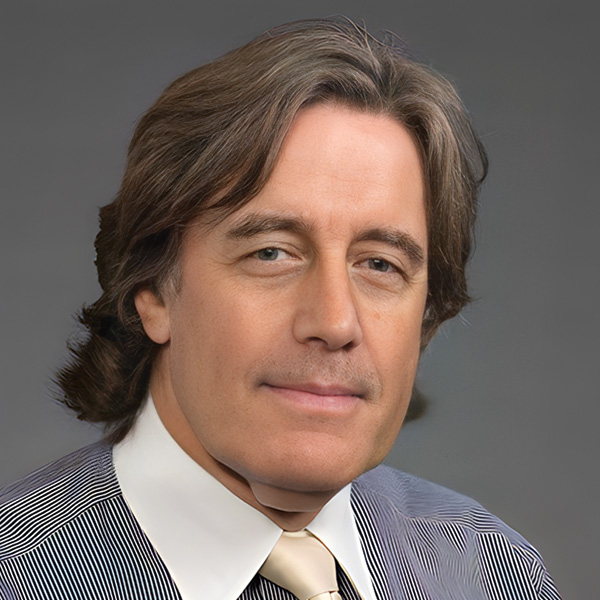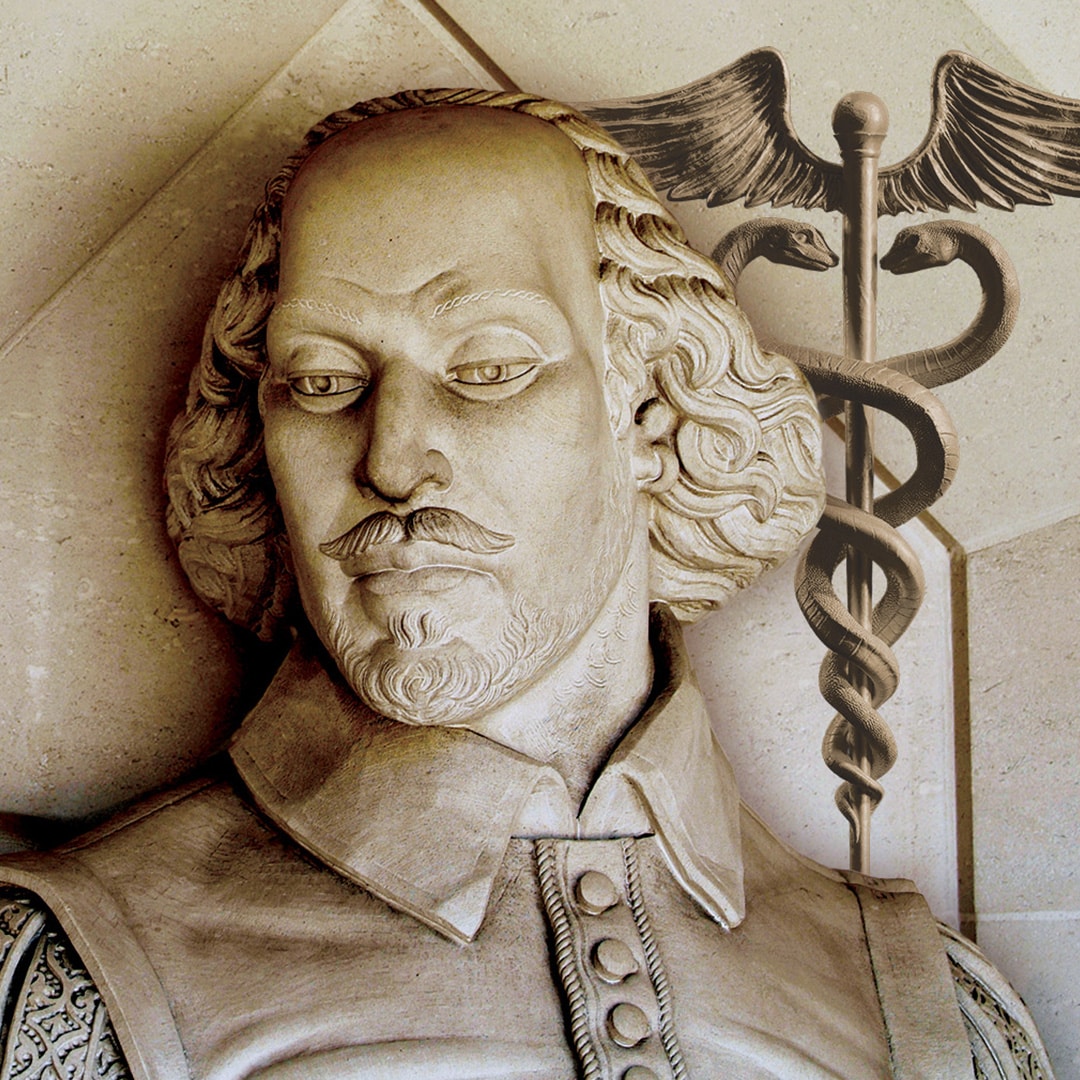Some people like a plaque, maybe on a wall
To show to others what their life’s about
Plaque on a wall in the heart may forestall
All future life and hope, as time runs out.
Keep the channels open, inflate balloons
But borrowed time it is, as vessels recoil
Need stronger stuff in there, just read the runes
Stretch the vessel, leave behind metal coil
Stents these were named, but why, we’re not so sure
When naked they were good, but not for long
Need drugs to keep awake, failure abjured
Stopping proliferation can’t be wrong
Some years on, patents galore won and lost
Stents stretching our futures, no little cost
Backstory
As discussed elsewhere in this collection, coronary artery disease (CAD) has been the leading cause of morbidity and mortality in developed regions for many years. Since coronary artery replacement techniques are thoroughly invasive, there has been a sequence of innovations aimed at minimally invasive therapies. Dr. Andreas Gruentzig, a German cardiologist, whose work was based on that of the American Charles Dotter, performed the world’s first coronary angioplasty on an awake human in 1977; in this he expanded a short section of the left anterior descending artery, that had 80% stenosis. Whilst this was a revolutionary step, the elastic recoil of the arteries and the formation of a neointima caused re-stenosis within six months in 30% of cases.
The stage was therefore set for the introduction of the ‘stent’, a device that could be left inside the artery to maintain patency. The origin of this word is unclear, some believing it was based on an earlier invention by an English dentist, Dr, Charles Stent who designed apparatus for taking dental impressions, while others believe it was derived from an old Scottish term Extentus, to extend or stretch. Various so-called bare-metal stents were invented and patented in the middle 1980s, including those of Sigwart and Palmaz. These, however, did not totally solve the problem, as restenosis, the in-stent re-stenosis, still occurred in a finite number of patients. The next development was the drug-eluting stent, where a powerful agent (such as a chemotherapeutic agent) was attached to, and eluted from, the stent surface, their anti-proliferative properties reducing the hyperplasia.


